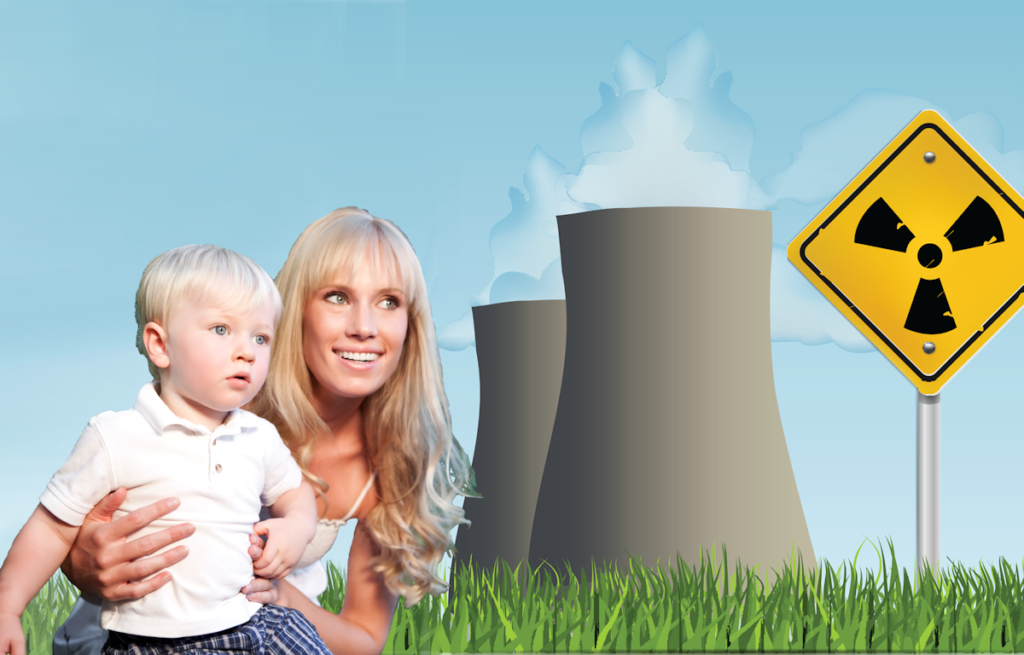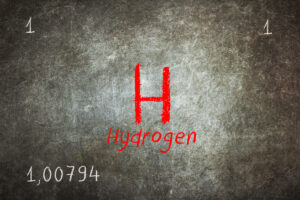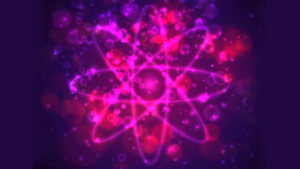After years of souring on nuclear power generation, the public seems to be warming up to the idea that nuclear power has an important role to play in the world’s energy future as governments try to mitigate the worst effects of climate change. However, author Michael Shellenberger (@ShellenbergerMD) is not sure whether the “fears of air pollution and global warming can ever trump fears of nuclear accidents.”[1] His fears may be unfounded. As severe weather events continue to increase, the tide seems to be turning in favor of nuclear power. A U.S. survey conducted by the Associated Press found, “A strong majority [of respondents] — about two-thirds — say nuclear, in one fashion or another, will help take the place of fossil fuels. The momentum building behind nuclear power could lead to the first expansion of nuclear reactor construction in the U.S. in more than three decades.”[2] The clear implication of that finding is that the public does fear the effects of climate change more than the potential dangers of a nuclear reactor crisis.
As I pointed out in Part One of this article, the primary reasons nuclear power generation fell out of favor were fear, cost, and nuclear waste. In Part Two of the article, I discussed how Small Modular Reactors (SMRs) can address safety and cost challenges. However, the nuclear waste challenge remains a problem — especially if proponents want to convince people that nuclear power is a “clean” energy source. In a February 2021 interview with CBS’ “60 Minutes,” Microsoft founder Bill Gates (@BillGates) touted the importance of nuclear power and the innovations being made in the industry. He asserted, “Without innovation, we will not solve climate change. We won’t even come close.” A growing number of experts agree with him.
Nuclear Power and Climate Change
Most people recognize that renewable sources of energy are better for the environment than burning fossil fuels. However, as journalist Spencer Bokat-Lindell (@bokatlindell) explains, renewable energy alone won’t be sufficient to satisfy the world’s energy needs. He writes, “Humanity’s failure to avert the crisis of a warming climate is sometimes framed as a grand technological problem: For centuries, countries relied on fossil fuels to industrialize their economies and generate wealth, and it was only in recent years that alternative ways of powering a society, like solar and wind energy, became viable. But when it comes to electricity, at least, that story isn’t true. Today, the United States gets 60 percent of its electricity from fossil fuels and just 20 percent from renewables. The final 20 percent comes from nuclear power, a technology that has existed since the 1950s, produces no carbon dioxide and has killed far fewer people than fossil fuels.”[3]
Critics of renewables point out that wind power requires wind and solar power requires sunshine and both sources of power require energy storage if they are going to be reliable. In addition, as Bokat-Lindell points out, wind and solar facilities take up a lot of land. Nuclear power plants have no weather limitations and SMRs take up far less land than solar and wind facilities. Of course, nuclear power has its own critics. Nevertheless, Bokat-Lindell argues, “Decarbonizing the electric grid is certainly not the only challenge climate change poses, but it is the central one.” Andrew I. Fillat, an electrical engineer, and Henry I. Miller (@henryimiller), a physician and senior fellow at the Pacific Research Institute, argue that, in the area of electricity generation, “The single greatest sin is the demonization of nuclear power, including the shutdown of existing nuclear plants that remain serviceable. Moreover, significant advances in nuclear power plant design that have improved efficiency and safety have been ignored.”[4] They go on to argue that nuclear power is, by far, the approach for decarbonizing the electric grid. They explain:
“Jacopo Buongiorno, a nuclear-engineering professor at the Massachusetts Institute of Technology, has calculated that over the life cycle of power plants, which includes construction, mining, transport, operation, decommissioning and disposal of waste, the greenhouse-gas emissions for nuclear power are 1/700th those of coal, 1/400th of gas, and one-fourth of solar. Nuclear also requires 1/2,000th as much land as wind and around 1/400th as much as solar. For any given power output, the amount of raw material used to build a nuclear plant is a small fraction of an equivalent solar or wind farm. Although nuclear waste is obviously more difficult to dispose of, its volume is 1/10,000th that of solar and 1/500th of wind. This includes abandoned infrastructure and all the toxic substances that end up in landfills. One person’s lifetime use of nuclear power would produce about a half-ounce of waste. Even including the Chernobyl disaster, human mortality from coal is 2,000 to 3,000 times that of nuclear, while oil claims 400 times as many lives.”
They might have dismissed a bit too easily the challenge of nuclear waste; however, their other points are well made. It’s probably time to stop talking about “clean” energy and keep the discussion focused on renewable and sustainable energy. Changing the conversation, however, is going to be a challenge. Last fall, Rafael Mariano Grossi (@rafaelmgrossi), Director-General of the International Atomic Energy Agency (IAEA), referred to nuclear power using the terms “green” and “clean.” He stated, “Debates about energy and, in particular, nuclear energy must be based on facts. And the fact of the matter is that nuclear energy is a green energy. It is an energy that has almost no CO2 emissions. It’s an energy that is already now as we speak, preventing millions of gigatons of CO2 going up in the atmosphere. It’s an energy that provides already now more than half of the clean energy that exists in Europe as we speak today.”[5] Fillat and Miller eschew terms like “green” and “clean” preferring more pragmatic language. They write, “Nuclear power is cheap, efficient, extremely reliable and nearly carbon-free. New designs, including smaller reactors, drastically reduce the risk of large-scale radioactive contamination.”
Almost a decade ago, science journalist David Biello (@dbiello) reported, “The speediest drop in greenhouse gas pollution on record occurred in France in the 1970s and ‘80s, when that country transitioned from burning fossil fuels to nuclear fission for electricity, lowering its greenhouse emissions by roughly 2 percent per year.”[6] Scientists almost unanimously agree that the world needs to lower greenhouse emissions if the worst effects of climate change are to be avoided. Back in 2013, Jeffrey Sachs, Director of the Center for Sustainable Development at Columbia University, told Biello, “On a global scale, it’s hard to see how we [can] conceivably accomplish this without nuclear.”
Concluding Thoughts
Meteorologist Eric Holthaus (@EricHolthaus) predicts, “The more the world feels the powerful effects of climate change and the longer we wait to reduce emissions the more attractive nuclear energy could become.”[7] He adds, “On our current track, scientists are increasingly alarmed that multiple simultaneous weather and environmental disasters … could ultimately bend society to the breaking point in our lifetimes. If we were smart, we’d see nuclear power for what it is: A good bet to save the world.” Yes, we need a plan to deal with nuclear waste. Nevertheless, we need to make progress on ensuring nuclear power plays a significant role in our energy future.
Here’s the rub. Even if companies broke ground today on new nuclear stations, it could take up to a decade or more for those plants to come online. Fillat and Miller argue, however, that both the cost and construction time can be greatly reduced if cutting-edge technologies are used. They write, “More than 70 development projects are under way in the U.S., with many designs intended to create assembly-line construction facilities to simplify and standardize testing, licensing and installations. One appealing approach is to replace large-scale facilities with many smaller but safer, cheaper and more-manageable ones. The $10 billion 10-year planning and implementation cycle for a large nuclear plant can be cut in half with a small modular reactor and another half with a microreactor.” Our posterity (and history) will judge us on how well we protect the world we pass on to them. I’m optimistic we can do better than we have done in the past.
Footnotes
[1] Michael Shellenberger, “If Nuclear Power Is So Safe, Why Are We So Afraid Of It?” Forbes, 11 June 2018.
[2] The Associated Press, “The U.S. is divided over whether nuclear power is part of the green energy future,” NPR, 18 January 2022.
[3] Spencer Bokat-Lindell, “Is There a Nuclear Option for Stopping Climate Change?” The New York Times, 26 August 2021.
[4] Andrew I. Fillat and Henry I. Miller, “Nuclear Power Is the Best Climate-Change Solution by Far,” The Wall Street Journal, 4 November 2021.
[5] Méabh Mc Mahon, “Nuclear energy is green energy, says IAEA chief Rafael Grossi,” Euronews, 28 October 2021.
[6] David Biello, “How Nuclear Power Can Stop Global Warming,” Scientific American, 12 December 2013.
[7] Eric Holthaus, “It’s time to go nuclear in the fight against climate change,” Grist, 12 January 2018.





